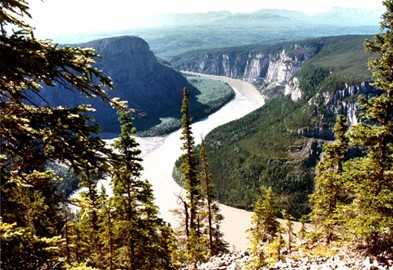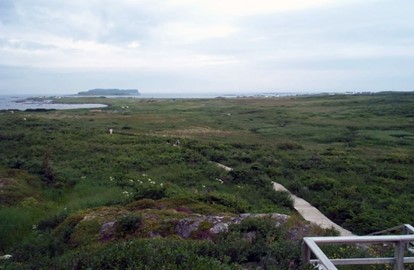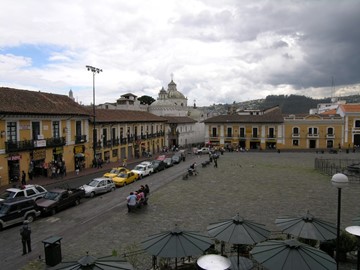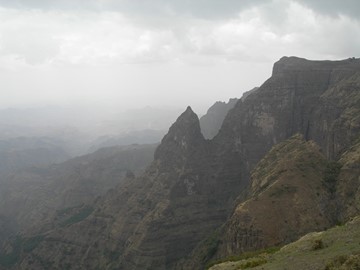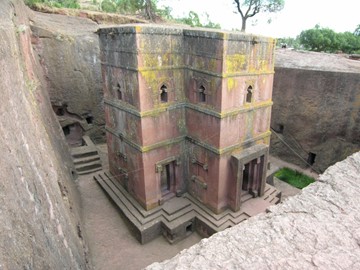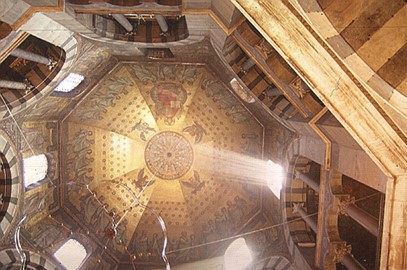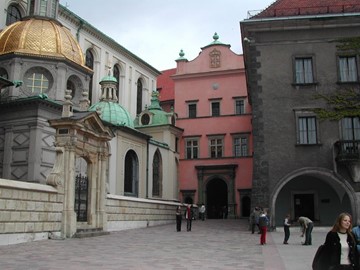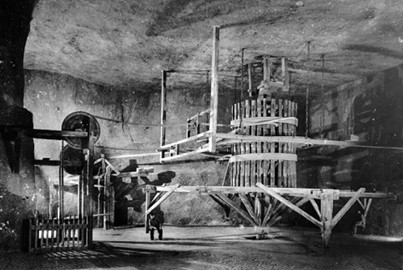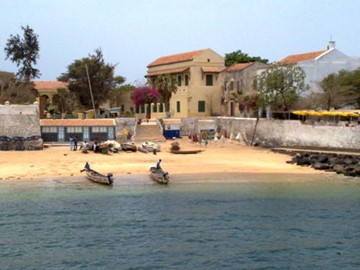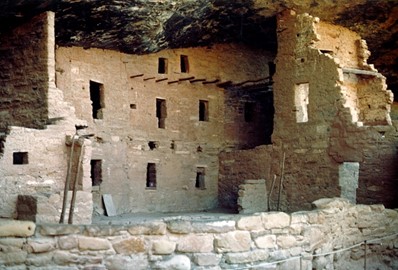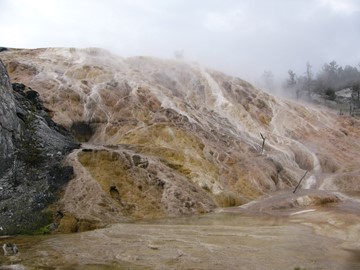year :: 1978
Nahanni
Nahanni National Park, a UNESCO World Heritage site in Canada, is a rugged wilderness renowned for its dramatic landscapes and geological wonders. Featuring deep canyons, towering waterfalls like Virginia Falls, and unique tufa mounds, it showcases the raw beauty of untouched nature shaped by ancient river systems. Recognized for its ecological and scenic significance, it stands as a pristine testament to the region’s wild heritage.
L’Anse aux Meadows
L’Anse aux Meadows, a UNESCO World Heritage Site in Canada, is an archaeological treasure showcasing the earliest known European settlement in North America. Discovered in 1960, this 11th-century Norse site features remnants of timber-framed buildings, ironworking evidence, and artifacts linked to Viking explorers, likely led by Leif Erikson. Its historical significance lies in proving pre-Columbian transatlantic contact, offering a tangible connection to the Age of Exploration. Today, it stands as a testam... Read More
Galápagos Islands
The Galápagos Islands, a UNESCO World Heritage site, are a unique archipelago renowned for their extraordinary biodiversity and volcanic landscapes. Famous for inspiring Charles Darwin’s theory of evolution, they host an array of endemic species, including giant tortoises, marine iguanas, and diverse birdlife. The islands serve as a living laboratory for scientific research and conservation efforts, offering visitors a rare glimpse into a pristine natural ecosystem.
Quito
Quito, the capital of Ecuador, is a UNESCO World Heritage site renowned for its well-preserved colonial architecture and rich cultural history. Founded in the 16th century on the ruins of an Inca city, it boasts one of the best-preserved historic centers in Latin America, featuring ornate churches, monasteries, and cobblestone streets. Its location high in the Andes adds to its unique charm, blending indigenous and Spanish influences seamlessly. The city’s cultural significance and historical integrity earn... Read More
Simien
Simien National Park, a UNESCO World Heritage site in Ethiopia, is renowned for its dramatic landscapes featuring jagged mountain peaks, deep valleys, and escarpments formed by volcanic activity millions of years ago. It hosts a rich biodiversity, including rare species like the Ethiopian wolf, gelada baboon, and Walia ibex, making it a critical conservation area. The park’s unique geological formations and endemic wildlife attract researchers, hikers, and nature enthusiasts from around the globe. Its cultu... Read More
Lalibela
Lalibela, a UNESCO World Heritage site in Ethiopia, is renowned for its remarkable rock-hewn churches, carved directly into solid stone during the 12th and 13th centuries. These monolithic structures, numbering 11 in total, showcase intricate architecture and serve as a testament to the country's rich Christian heritage, attracting pilgrims and tourists alike. The site's historical and cultural significance lies in its unique construction and enduring spiritual role, making it a standout destination in Ethi... Read More
Aachen Cathedral
Aachen Cathedral, a UNESCO World Heritage site in Germany, is a masterpiece of Carolingian architecture, renowned for its historical and cultural significance. Constructed under Charlemagne in the late 8th century, it served as his palatine chapel and later became the coronation church for German kings. The cathedral’s octagonal dome and intricate mosaics reflect a blend of Roman, Byzantine, and Germanic influences. Its treasury houses an exceptional collection of medieval artifacts, including the reliquary... Read More
Kraków
The Historic Centre of Kraków, a UNESCO World Heritage site in Poland, is renowned for its well-preserved medieval architecture and rich cultural history. This vibrant area features landmarks like the Wawel Castle, a former royal residence, and the Main Market Square, one of Europe’s largest medieval squares, surrounded by colorful townhouses and the iconic St. Mary’s Basilica. The site also includes the historic Jewish quarter of Kazimierz, reflecting centuries of cultural diversity. Its significance lies ... Read More
Wieliczka and Bochnia Salt Mines
The Wieliczka and Bochnia Royal Salt Mines, a UNESCO World Heritage site in Poland, are historic underground complexes renowned for their centuries-long salt extraction history dating back to the 13th century. These mines feature an intricate network of tunnels, chambers, and saline lakes, adorned with remarkable salt-carved sculptures, chapels, and artworks created by miners over generations. They stand as a testament to human ingenuity and industrial heritage, offering a unique glimpse into medieval minin... Read More
Island of Gorée
The Island of Gorée, a UNESCO World Heritage site off the coast of Senegal, is a small yet historically significant island known for its role in the Atlantic slave trade. It served as a key trading post where enslaved Africans were held before being shipped across the ocean, with sites like the House of Slaves standing as poignant reminders of this dark chapter. Today, the island preserves its colonial architecture and museums, offering insight into its past while attracting visitors globally. Its recogniti... Read More
Mesa Verde
Mesa Verde National Park, a UNESCO World Heritage Site in the United States, preserves the ancient cliff dwellings and archaeological treasures of the Ancestral Puebloans, who thrived there from around 600 to 1300 CE. The park showcases over 4,000 sites, including well-preserved stone villages built into cliff alcoves, offering a glimpse into their sophisticated culture and architecture. It serves as a vital link to understanding the history and resilience of Indigenous peoples in the region, with its drama... Read More
Yellowstone
Yellowstone National Park, a UNESCO World Heritage site in the United States, is renowned for its geothermal wonders, including the famous Old Faithful geyser and vibrant hot springs. Established in 1872 as the world’s first national park, it boasts diverse wildlife such as grizzly bears, wolves, and bison, thriving amidst its stunning landscapes. The park also features dramatic canyons, alpine rivers, and vast forests, making it a natural treasure of global significance.
